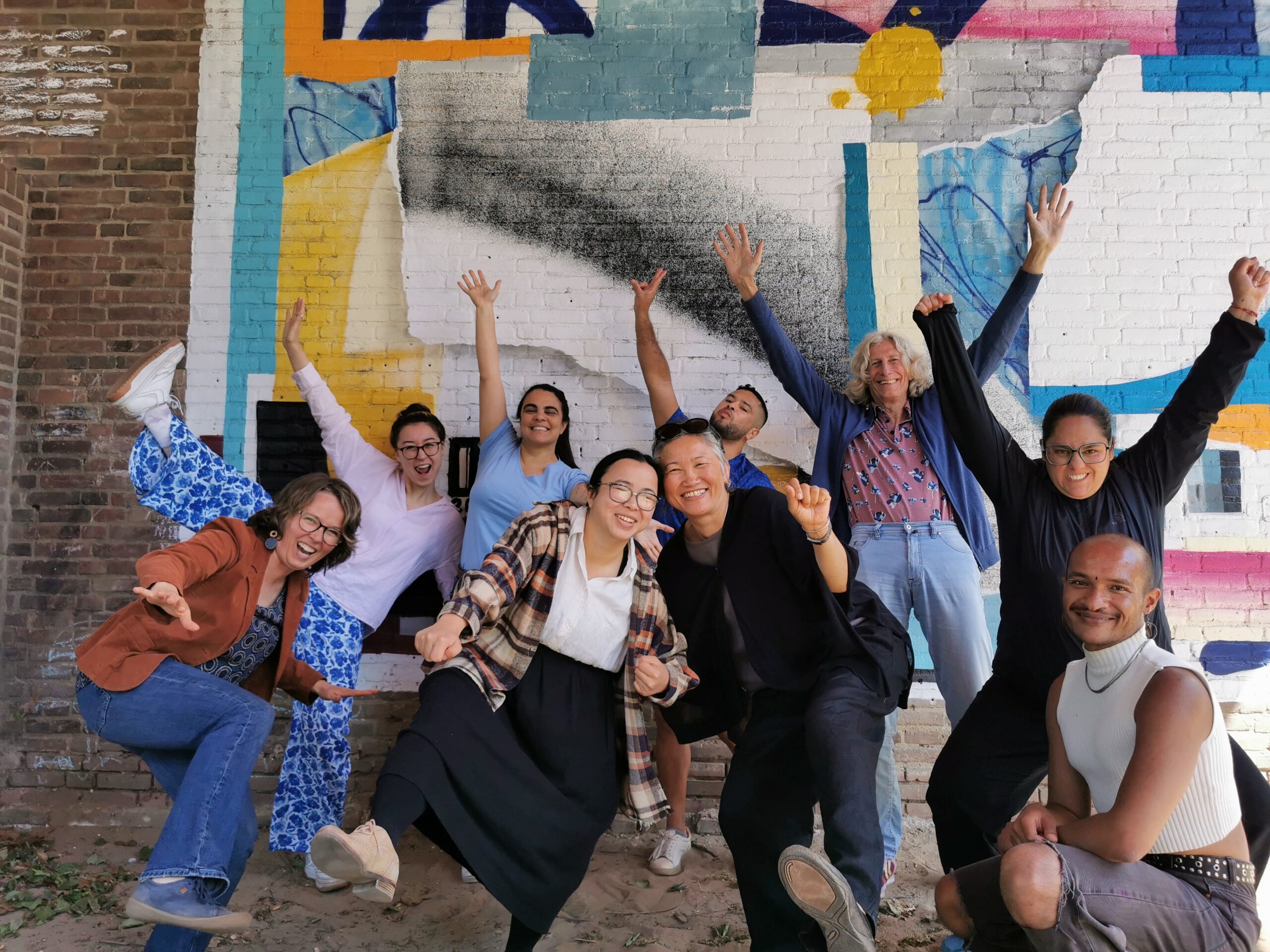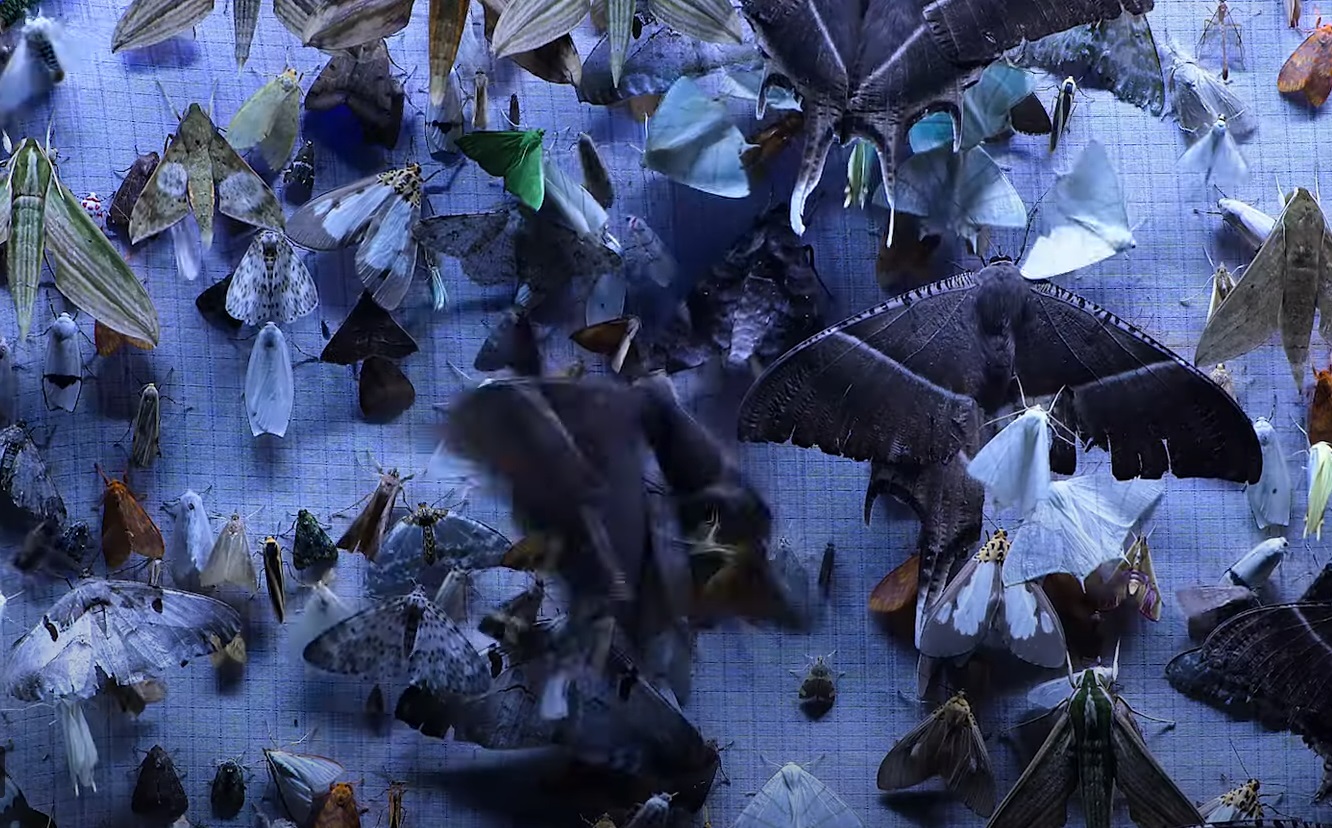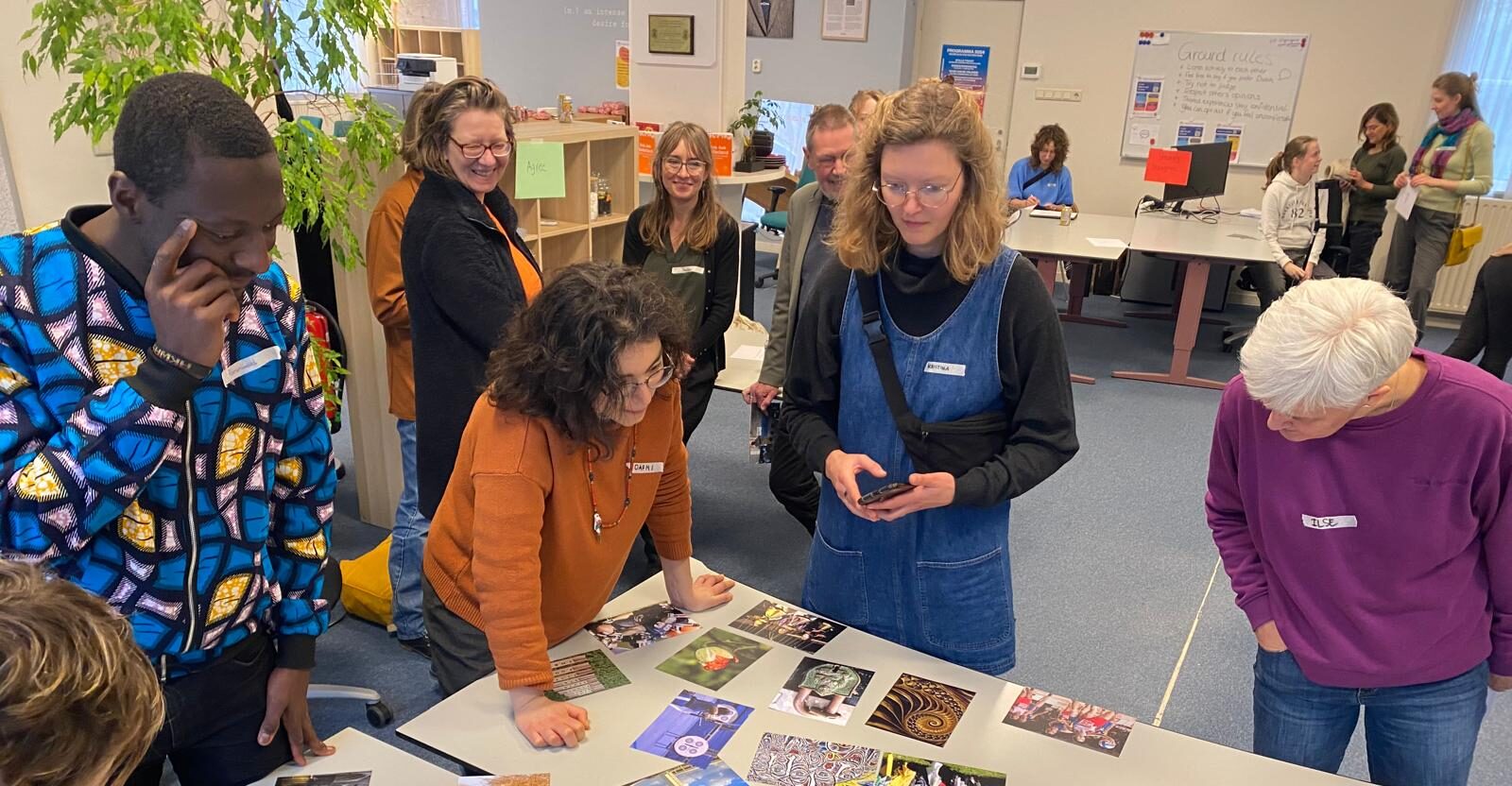A plaquette next to the large stained-glass window in Visum Mundi, WUR’s former Aula, calls attention to the building’s historical colonial aspects since last week. The plaquette was affixed as part of Emmanuel Adu-Ampong’s (Cultural Geography) Veni research project on slavery and colonial heritage tourism.
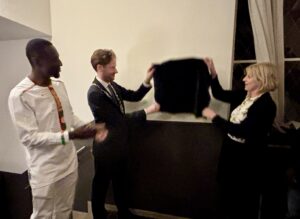
The plaquette was revealed by WUR president Sjoukje Heimovaara and Wageningen Mayor Floor Vermeulen on Friday evening during the unofficial wrap-up of Adu-Ampong’s Veni-project on how tourism in Ghana, Surinam and the Netherlands colours the perception of the history of slavery. His 45-minute edumentary on this topic premiered on that occasion. The film is expected to become available to the general public in the spring.
Differences
In the film, a preview of which is available on YouTube – Adu-Ampong takes the viewer by the hand in exploring how the history of slavery is addressed in tourism in the Ghana-Surinam-Netherlands triangle. The three countries have a shared history of slavery but approach it in very different ways. In Elmina Castle (Ghana), for example, and on the Frederiksdorp plantation in Surinam, tourists take a literal walk in the shoes of the enslaved, including symbolic chains. At the same time, the Dutch colonial history of slavery is barely acknowledged in Amsterdam’s regular tourism.
These differences matter. ‘Touristic texts on heritage sites influence how history is told and, hence, people’s opinions on the matter’, Adu-Ampong summarises. In his edumentary he discusses what he calls the embodied absence of the past. ‘The history of slavery that was always present, including its visible evidence, which you only see when it is pointed out to you, for example, during a tour. This immediately reveals why it was no coincidence that you had not noticed it before. Because there are still many taboos regarding the history of slavery.’
Wageningen
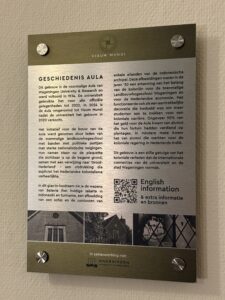
Wageningen, too, has traces of colonial times – Students developed a decolonial walking tour on the topic- which is clearly visible in the former Aula’s stained-glass window. That is why the plaquette was placed there. It explains the Surinam and Batavia (now Jakarta) coats of arms that are depicted and explains how the money that funded the building’s construction was primarily obtained from the colonies.
Friday’s event also marked the unofficial wrap-up of the research project for which Adu-Ampong received a Veni grant. He was recently awarded an ERC Starting Grant of 1.5 million euros to study the tensions that result from the different approaches to slavery and colonial heritage in modern tourism. In addition to his previous research area of Ghana-Surinam-Netherlands, this new study will include the ‘colonial triangles’ of Angola-Brazil-Portugal and Namibia-Brazil-Germany.

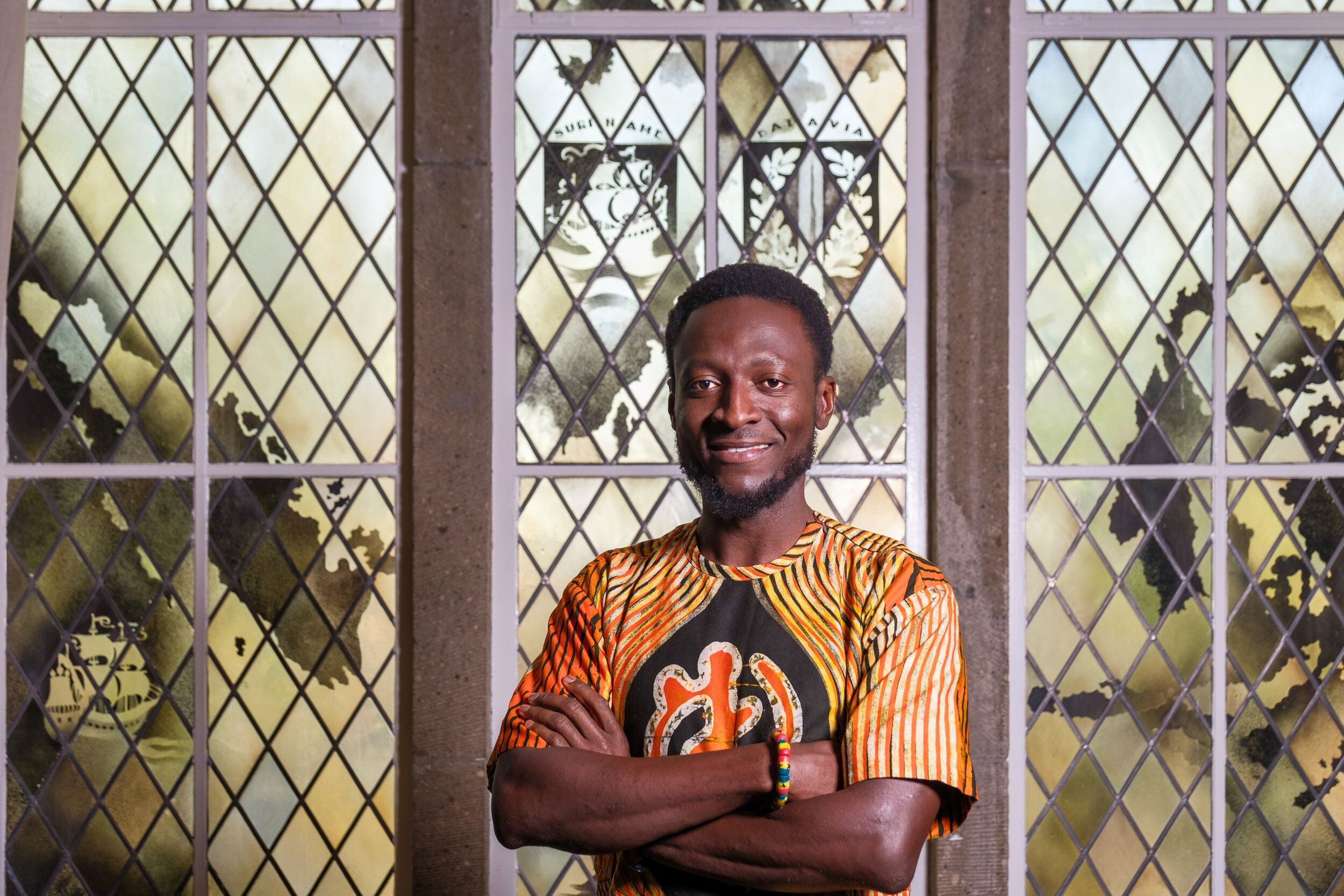 Archival portrait of Emmanuel Adu-Ampong in front of the Aula-window. Foto Guy Ackermans
Archival portrait of Emmanuel Adu-Ampong in front of the Aula-window. Foto Guy Ackermans 